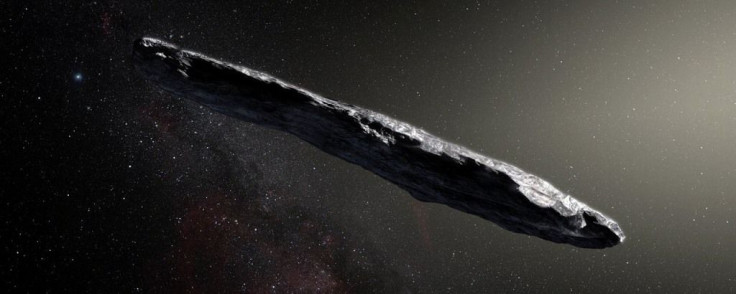NASA Asteroid Tracker: 226ft And 141ft Asteroids To Zip Past Earth Today

NASA has detected two asteroids that are currently headed for Earth. According to the space agency’s Center for Near Earth Object Studies (CNEOS), one of the asteroids that’s currently approaching has visited the planet on a yearly basis.
The first asteroid that’s set to have a close encounter with Earth is called 2015 XC352. As indicated in CNEOS’ database, this asteroid will fly by the planet on July 1 at 12:38 am ST. During its approach, the asteroid will be about 0.03057 astronomical units or roughly 2.8 million miles from the Earth’s center.
2015 XC352 is currently travelling at a speed of 9,171 miles per hour. It has a maximum diameter of 141 feet.
The asteroid was first observed on Dec. 6, 2015. According to CNEOS, 2015 XC352 is a frequent visitor to Earth’s neighborhood. In fact, the agency noted that the asteroid has approached Earth on a yearly basis since 1951.
It reached its closest distance to Earth on Dec. 29, 1957. During this time, the asteroid flew at a distance of only 0.01720 astronomical units or about 1.6 million miles away from Earth.
After its upcoming approach, the asteroid is expected to make its next visit on July 6, 2020.
Trailing behind 2015 XC352 is asteroid 2019 MT. According to CNEOS, this near-Earth object is set to approach the planet on July 1 at 8:44 am ST. It is expected to fly by Earth from a distance of 0.02286 astronomical units or about 2.1 million miles.
The agency estimated that the asteroid is traveling at a speed of almost 9,400 miles per hour. It has a diameter of 226 feet, making it slightly longer than the wingspan of a Boeing 747 airplane.
Astronomers first observed 2019 MT on June 24. Unlike 2015 XC352, 2019 MT has kept a relatively safe distance from Earth during its previous approaches.
Its closest fly-by with Earth happened on July 8, 1943. During this time, 2019 MT approached the planet from a distance of 0.08082 astronomical units or around 7.5 million miles.
2019 MT’s next visit to Earth is expected to happen on Dec. 23, 2023.
© Copyright IBTimes 2025. All rights reserved.





















